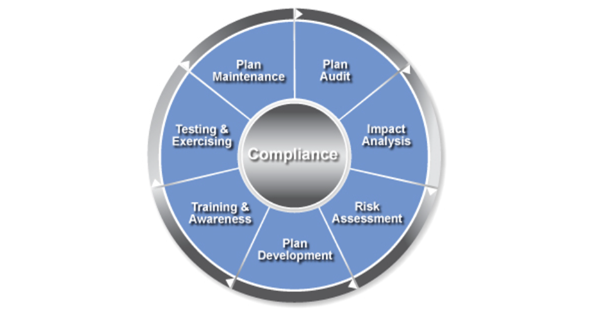What are the reasons why Business Continuity Programs can fail? We take a look at seven areas to consider if you are struggling with implementation of a BC Program or Planning tool.
Meet with decision-makers to understand and review the program approach, requirements and scope relative to OpsPlanner implementation for BCM/COOP.
The Business Impact Analysis (BIA) is the critical first step in the conceptual transition from recovery to continuity.
The Risk Analysis involves a determination of the events that can adversely affect an organization, damage such events can cause, and the controls needed to minimize potential loss.
BCM is a lifecycle. Not every organization is the same, and not every organization is starting at the same place.
The purpose of the BCM Strategy is to address decisions that are not viable to be determined at the individual organizational unit level.
The BCM policy and approaches are driven by standardization bodies along with local, regional, industry-imposed requirements.
Is your organization prepared to defend against a Ransomware attack? What would happen if you no longer had access to your systems and data? Implementation of DR resiliency strategies using BC/DR tools can help you to thwart and mitigate the effects of this growing threat.
BCM Goals and Metrics should be developed and aligned back to Strategic Goals, then documented as part of the BCM Policy.
Cybersecurity is a critical part of BCM because it helps protect an organization’s information and systems from security threats.










